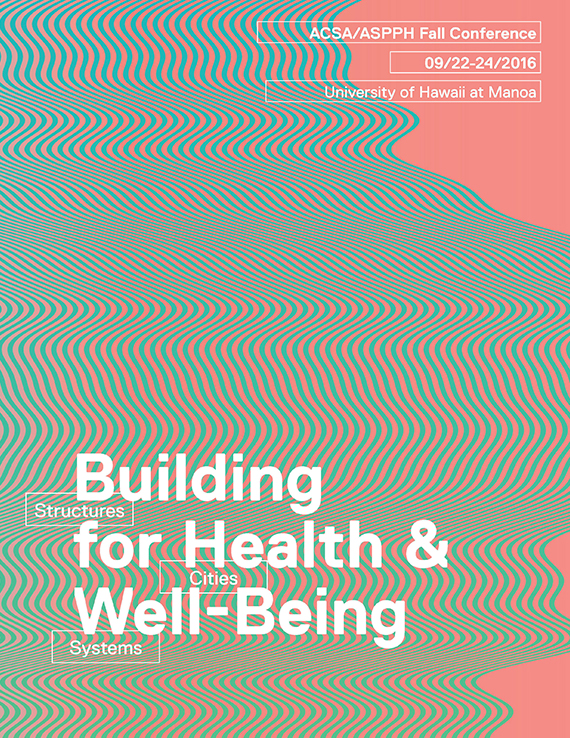Author(s): Jason Austin
The 20th century taxonomy of human settlementconditions – the urban, the suburban and the rural– is no longer so clear, especially in the 21st century.The lines between urbanity, the suburbs, and therural are becoming blurred. This blurring of previouslyclear divides is a function of various factors– economics, ecology, climate, convenience, physicalresources, perception, cultural diversity, etc. – thatdirectly or tangentially influence human occupationand the shaping of the human experience within thebuilt environment.Today, development within urban and suburbanareas continues to grow within the US, parallelingglobal trends with populations shifting to urbanizedareas. Despite the shifting urban population,the physical health of our urbanized environmentsand communities – the ecological, infrastructural,economic and social well-being – continues to beheading towards recovery. The metrics often usedfor evaluating the physical health of one urban environmentin relationship to another are reflected ona livability index. While the quantity of evaluationcriteria for such livability indexes vary from oneindex to another, it is clear that evaluation criteriaare amenity-based metrics, measured on proximityand accessibility to urban amenities in lieu of actualperformance-based metrics. If, then, performancebasedmetrics, such as real-time health metrics,were to be utilized as evaluation criteria for ratingthe livability of an urban environment, how mightwe read and analyze urban environments upon thelifestyle an urban system promotes and its directimpact on the physical health of its residents?
Volume Editors
Billie Faircloth, Howard Frumkin & Sara Jensen Carr
ISBN
978-1-944214-09-8

 Study Architecture
Study Architecture  ProPEL
ProPEL 
